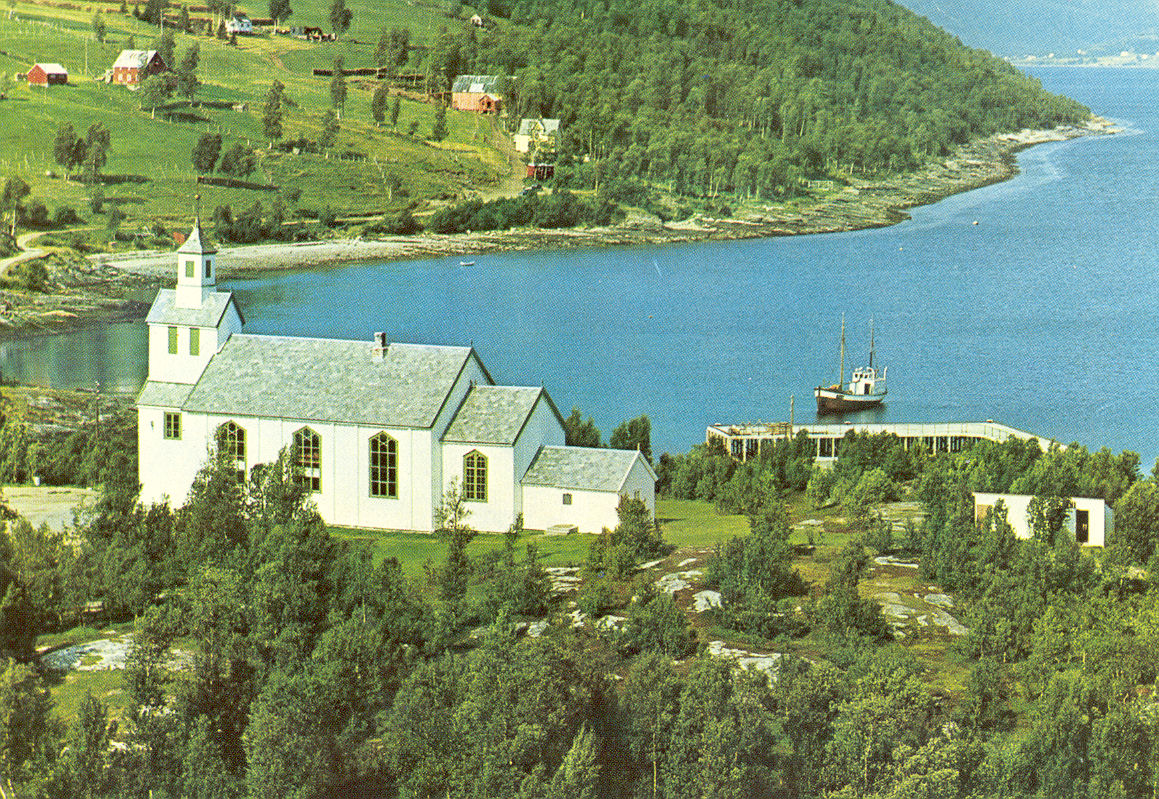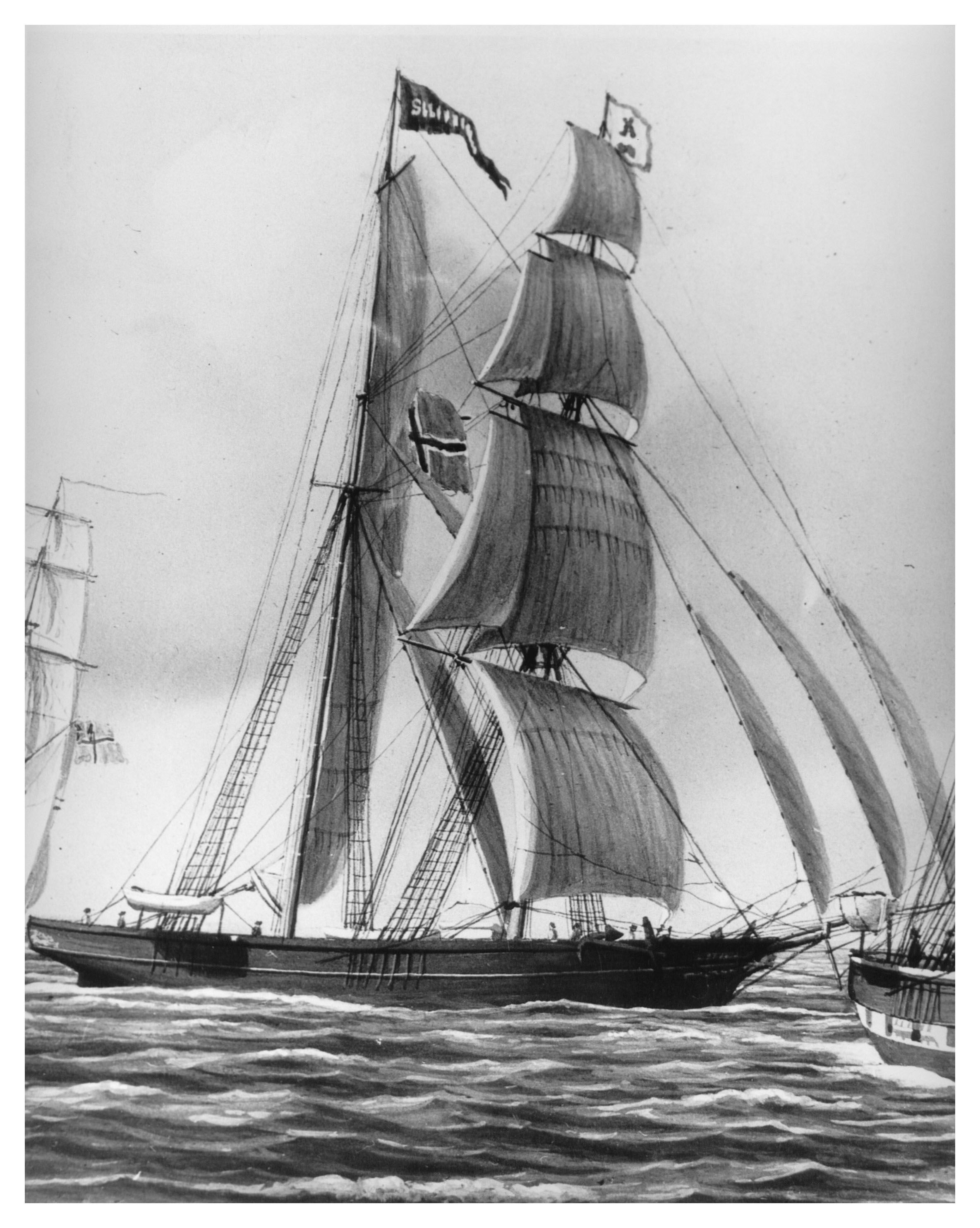
edition of June 4 2015
The Centennial History of Kandiyohi County Minnesota was published by the Kandiyohi County Historical Society in 1970. It is a large book and included material first published in 1905 of the early history including the times before and after the Indian uprising. The following is quoted from the East Lake Lillian section:
In May 1864 Rev. J.A.J. Bomsta came from St Peter to Lake Lillian on the recommendation of his sons. As members of Company B, Second Reg. Minn. Cavalry they had marched through this area in 1863 and were struck by the beauty of the location along the beach of the north eastern side of Lake Lillian and so informed their father. The old gentleman lost no time before investigating. He moved his family in June 1864 and for the first few months lived in a dugout where the M.E. Church now stands. In the fall they had the log cabin finished and moved in. Elias Anderson, a close friend of Rev. Bomsta, located a claim adjoining and moved with his family from Nicollet County in the fall. This was the beginning of the large settlements of Norwegians in East Lake Lillian and neighboring townships. The Rev Bomsta may be regarded as the father of this settlement. Through his religious activity in his native land of Norway he was favorably known among those who were first led to dissent from the state church of Norway. This was particularly true of the northern section and in the region surrounding his home near Tromso. Most of the early Norwegian settlers of Lake Lillian, Fahlun, and Lake Elizabeth settled here as a result of their acquaintance with Rev. Bomsta.
Our Troms emigrants left rural Balsfjord in 1862 where many were sailors, fisherman and or small farmers. The families lived on small subsistence farms on sloping land near mountains and along and between the fjords. The area was well developed, with local roads and boat transportation on the fjords to Tromso for whatever goods they needed. They left a good sized church along the Balsfjord at Tennes. It had been built in 1856, only 6 years before.

They traveled on a sail ship called the Sleipner from Bergen to Chicago and set out for the Minnesota frontier from there. Some settlers in those days purchased oxen and a wagon in Chicago and others traveled faster by rail and steamboat.

From Chicago there was rail travel to the Mississippi River at Rock Island Illinois as early as 1854 or to Lacrosse Wisconsin in 1857. Travelers then transferred to Steamboats for travel north upriver to St Paul. The first direct rail from Chicago to St Paul happened in 1867. Steamboats were also used on the Minnesota River in those days.
The Minnesota River feeds the Mississippi at Fort Snelling between Minneapolis and St Paul. From its source at the western edge of the state it flows southeast to Mankato and then North and East through St Peter and Carver.
Settlers entered the lower Minnesota valley starting in 1852 after the 1851 treaty with the Indians. Steam boats were used for transport of people and goods to Carver, St Peter and Mankato and sometimes farther upstream depending on the flow of the river. Carver is about one third of the way from Fort Snelling to St Peter. Rapids at Carver prevented travel during low water.
On the Minnesota River In 1862 “The length of the period of navigation, from April I3th to July 20th, was three months and seven days. Wheat shipped from Mankato on these boats amounted to 62,000 bushels, and 8,000 bushels were shipped from South Bend.” This from “History of Steam boating on the Minnesota River by Hughes, Thomas, 1854-1934” Published 1905
Somehow, in August of 1862, our Norwegians arrived in St Peter and the last leg of that trip had to have been by stagecoach or by wagon pulled by horses, mules or oxen because of the low water on the Minnesota River. The local population of Nicollet County was already large enough at 4000 people to have goods and services for newcomers. A good number of people in Nicollet County in the 1860 census were born in Norway.
Kandiyohi County at that time was very sparsely settled frontier with a population of 76 in 1860 and most of that was near the many lakes by and north of Willmar. Some settlers came to Diamond Lake, Lake Elizabeth, Little Kandiyohi and Foot Lake in 1857 and 1858.
The Dakota Indian Conflict was triggered on August 17 1862 by four young braves who attacked and killed five settlers at Acton in Meeker County just south of Grove City and 16 miles northeast of Lake Lillian. The Indians met at a Pow Wow the next day at the reservation near the lower agency at Redwood Falls and decided to begin a purge of the settlers because they knew that they would be in trouble for what the young braves had done, because they were hungry and because they had not received promised money from the Government and the agency traders would not give them more credit. The size of the reservation along the upper Minnesota had been reduced by half with loss of the area north of the river by treaty in 1858. The most warlike of them were those “blanket” Indians that wanted to keep the nomadic ways and resisted the change to farming on reservations as a way of life. At the upper or Yellow Medicine agency near Granite Falls, many of the “cut hair” or farmer Indians and those of mixed blood were not in favor of the war and sheltered some of the escaping white settlers.
Surviving settlers from Kandiyohi County and Meeker County fled to Forest City which was northeast of Litchfield in Meeker County. They built a stockade in Forest City as a base for defense after most of the original settlers there had fled east. A stockade was also constructed in Hutchinson before an attack there on Sept 4 1862. Houses were plundered, burned and a few settlers killed. In that battle at Hutchinson, four Indians were killed and fifteen were wounded. Other greater battles were fought by the Army at Fort Ridgely and other places near the upper Minnesota River. By September 26 the Army had defeated the uprising at Camp Release near Montevideo. Finally at Mankato, 38 Indians were hung on December 26 1862. Chief Little Crow remained on the run as he unsuccessfully sought support from other tribes at Devils Lake ND and Canada. He was picking berries and killed July 3 1863 near Hutchinson while seeking horses for his family.
Casualties in Minnesota included 413 white civilians, 77 soldiers, and 71 Indians including the 38 who were hung. Many innocent Indians died later in custody as they were moved to Fort Snelling first and in 1863 to Crow Creek in South Dakota.
Our group from Tromso needed to stay near St Peter under the protection of the Army in 1862 and 1863 while the remaining Indians were being pursued and removed from frontier areas to the west and north.
I wonder what our Norwegians did to sustain themselves during that time. Earlier Norwegian Settlers had established Norseland Lutheran church 8 miles NW of St Peter In 1858 and Swedish settlers started Scandian Grove Lutheran Church 12 miles NW of St Peter In 1860. The Norseland general Store in Lake Prairie Township of Nicollet County was in operation from 1858 to 2006.
Did they find work or just deplete funds brought from Norway? Some rented farm land and some of the young men joined the Army. At some point they must have purchased farming tools, a wagon and team, some cows, chickens and supplies.
So we see that the land at Nicollet County was already well settled in 1862. And it was relatively easy to get to because it had river transportation and trails in that time before the railroads reached that far. It could be used as a staging place for plans to reach open frontier land somewhere farther north and west.
Finally in 1864 it was safe to claim or reclaim land on the frontier at Lake Lillian in southern Kandiyohi County. The journey 75 miles walking overland alongside a wagon and ox team with family, possessions, tools and supplies might have taken 4 days if they brought livestock with them. The route from St Peter was North and west to Hutchinson in McLeod County so they could follow the Hassan River (now called the South branch of the Crow River) the last 30 miles west to Lake Lillian. They may have followed ox cart trails. McLeod County’s population was 1286 in 1860.
Hunting, trapping, and fishing skills were very important for survival those first years until produce from the farms could be grown
Another early settler in 1864 on the south shore of Lake Lillian was Orville C Hart from New York. There was a stop for an Ox cart trail at his place. The oxen and drivers would rest there overnight and over 100 oxen were housed in stables over the winters. The ox cart trains were used to supply Army outposts in 1864 and 1865. The early settlers could purchase supplies from the cart trains.
The land was relatively flat on the prairie in most of central Minnesota and the flow of the Crow River is slow at Lake Lillian so there was no water power for grain grinding or saw mills. Most of the land near Lake Lillian was long grass prairie with trees near the lakes and more trees farther north in Kandiyohi County. Lake Lillian barns and houses were constructed of logs in those early years. The early settlers had to establish their farms before they had time to construct roads, schools, churches and stores. Eventually the government required the planting of trees around the farm places on the prairie.
Finally (5 years later) in 1869 the St Paul and Pacific Railroad came through from Minneapolis to Atwater, Kandiyohi and Willmar so the population could grow rapidly as many more settlers came from Sweden and Norway. Milled lumber came on the railroad from the Mississippi River at St Anthony Falls and wheat was sent back to flour mills there. The railroad brought progress as horse powered and steam powered machinery became available.
The farms in the four townships of southeast Kandiyohi County comprised the community of Lake Lillian in those days. Scattered churches, schools and small general stores were established as time went on. Creameries were built in the 1890s. Day long trips for marketing and shopping were 15 miles north to Atwater or Willmar and or 15 miles south to Bird Island.
So it was for 59 years until the long desired Luce Line Railroad reached southern Kandiyohi County in 1923 and the present village of Lake Lillian was born. The churches collaborated and sponsored community celebrations on the south shore of Lake Lillian before and after that time.